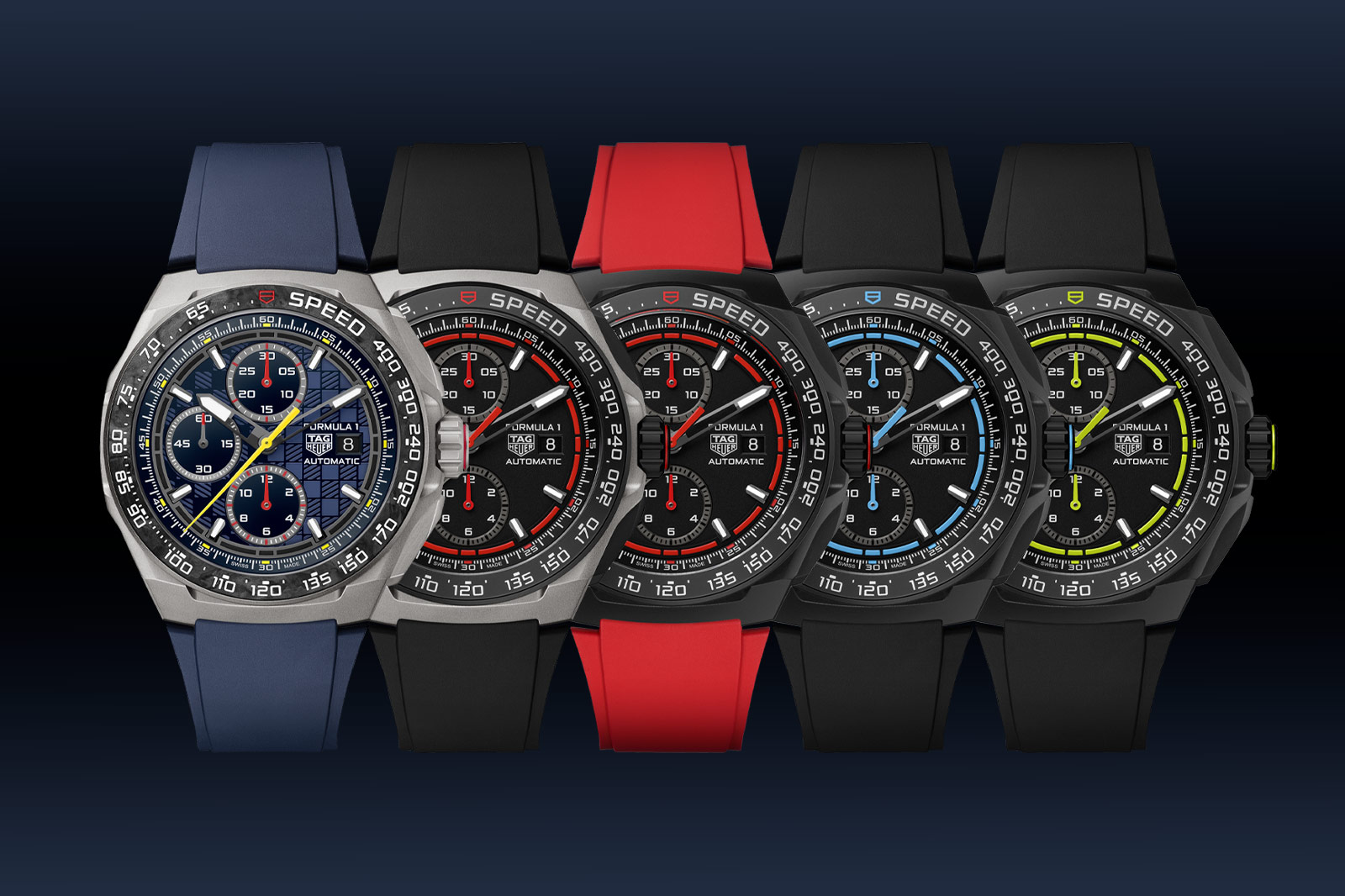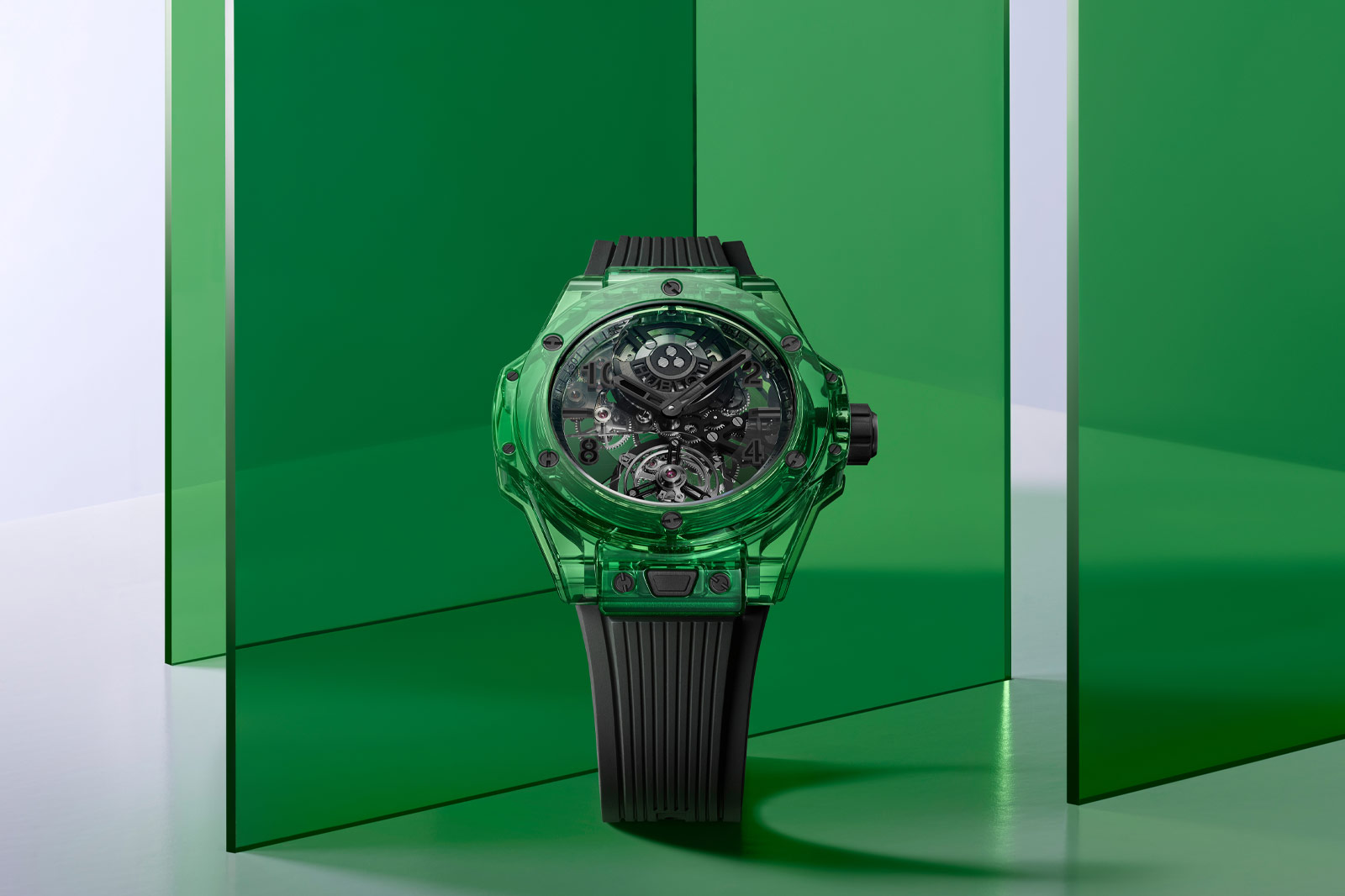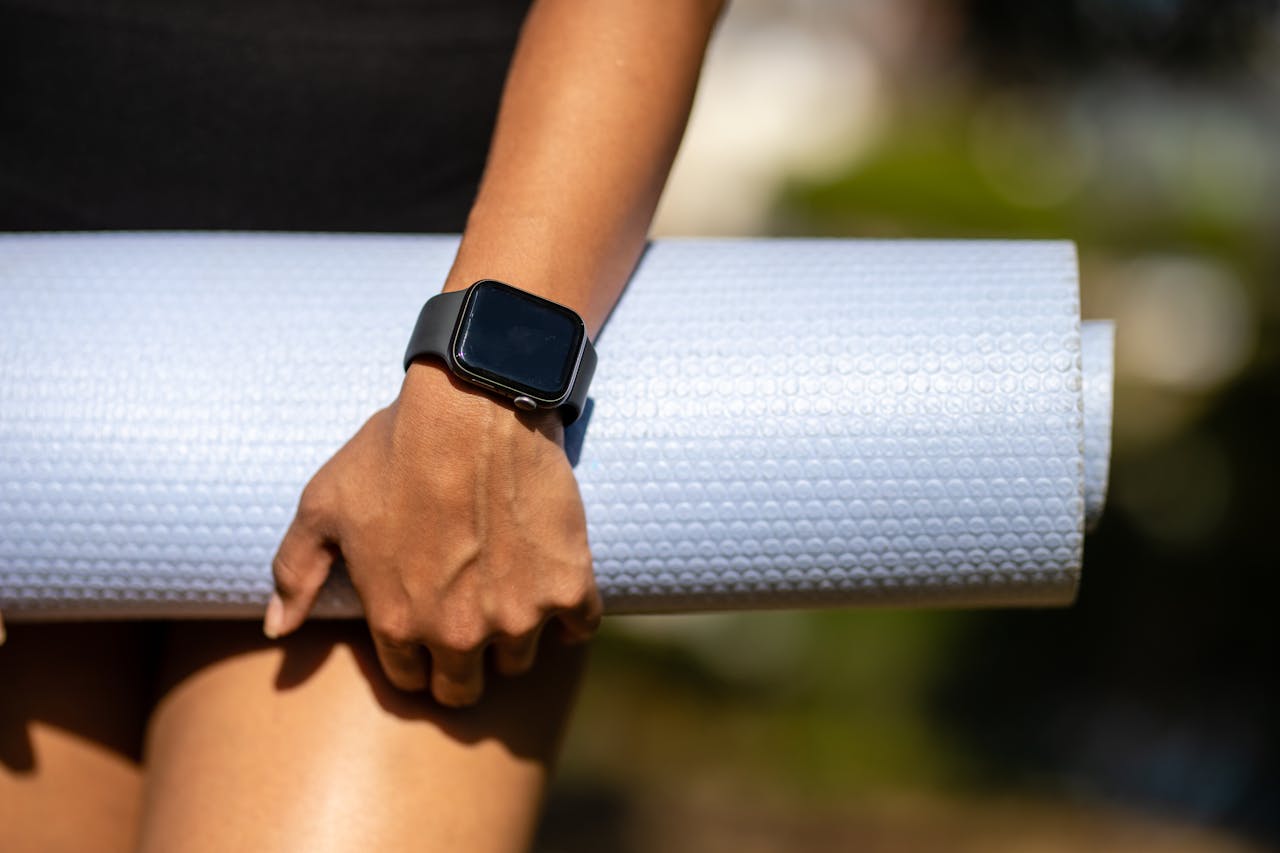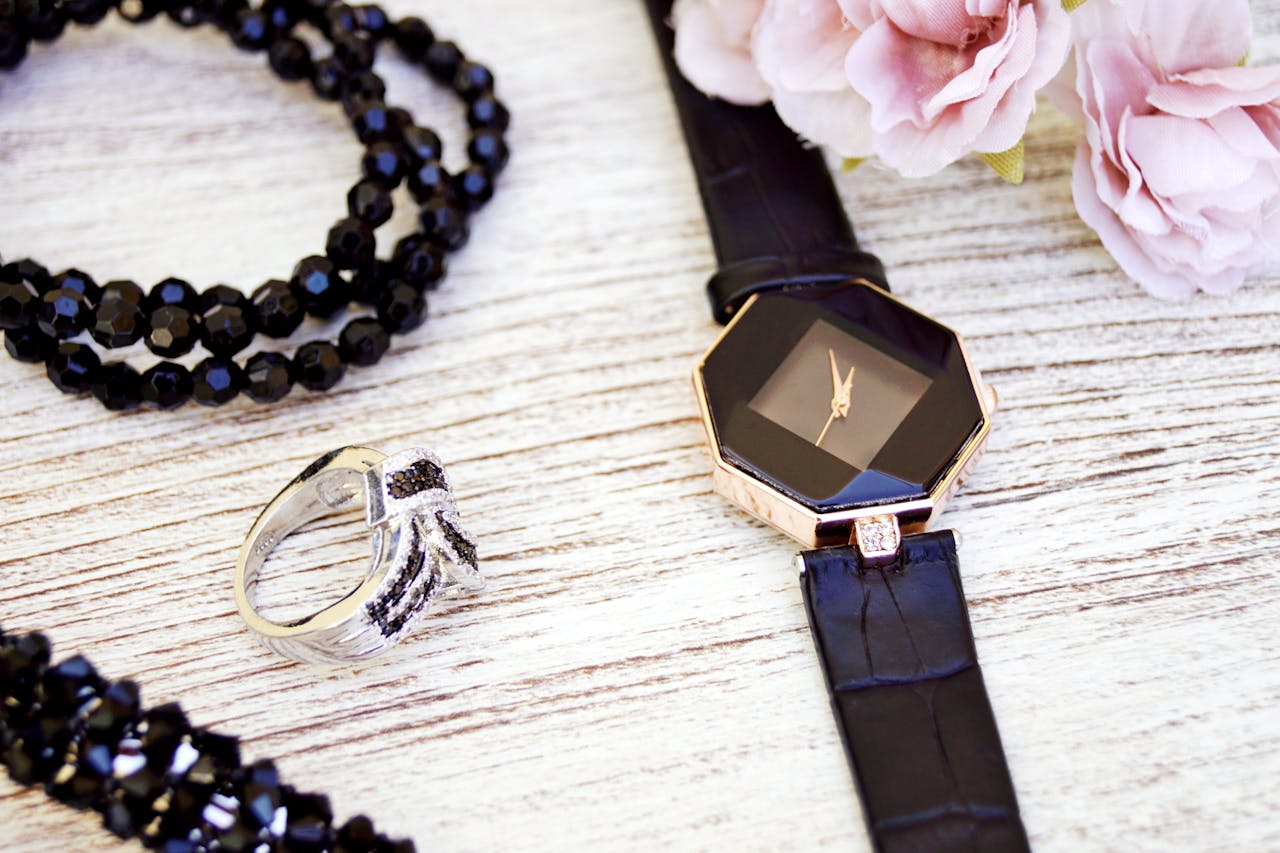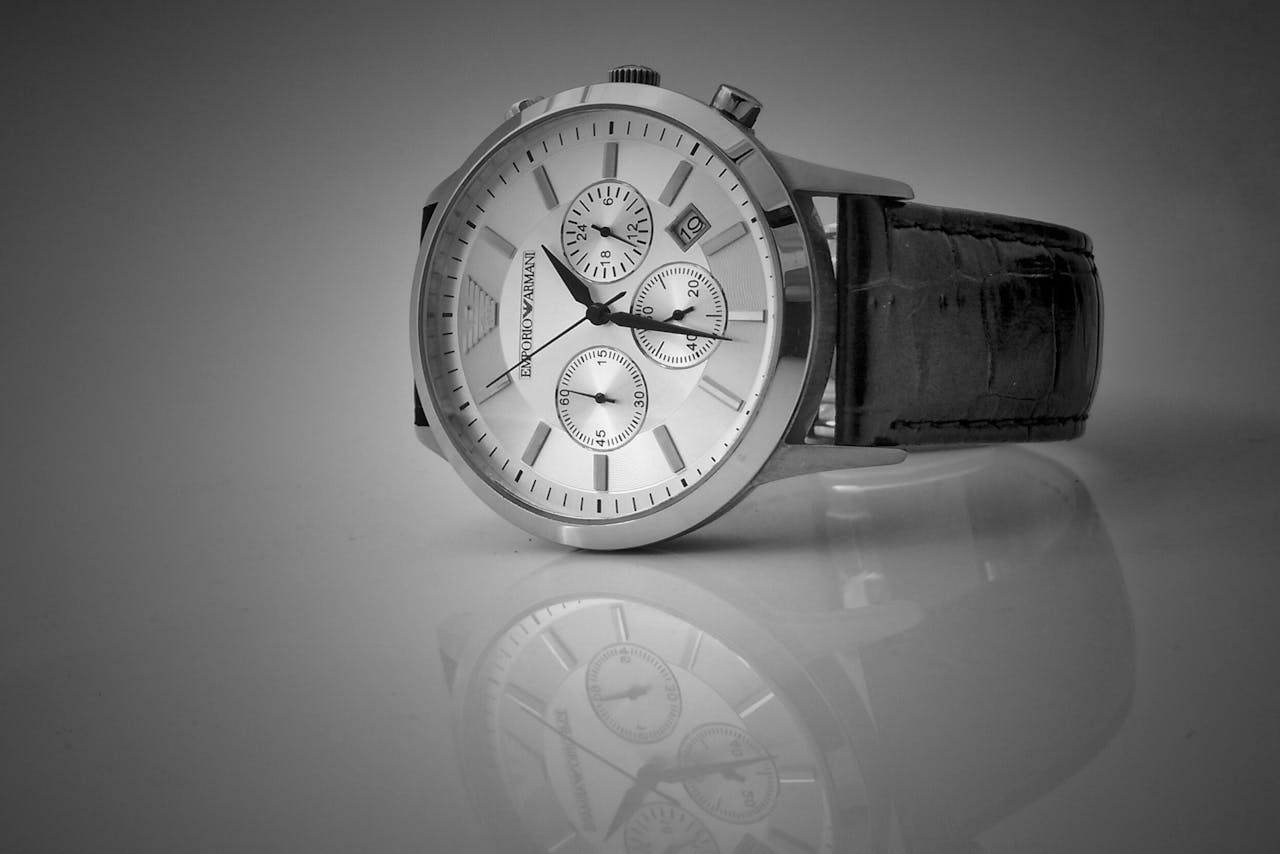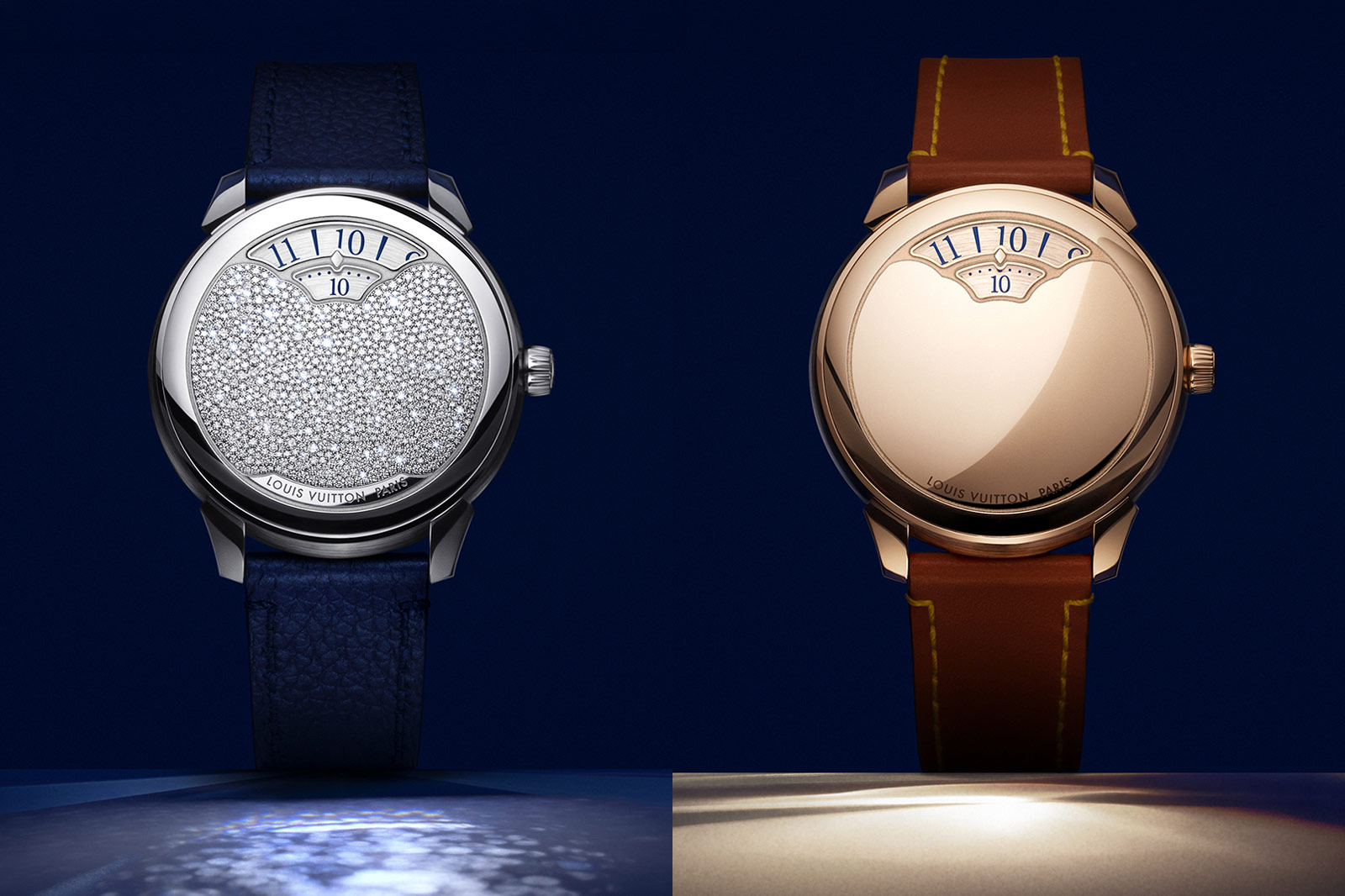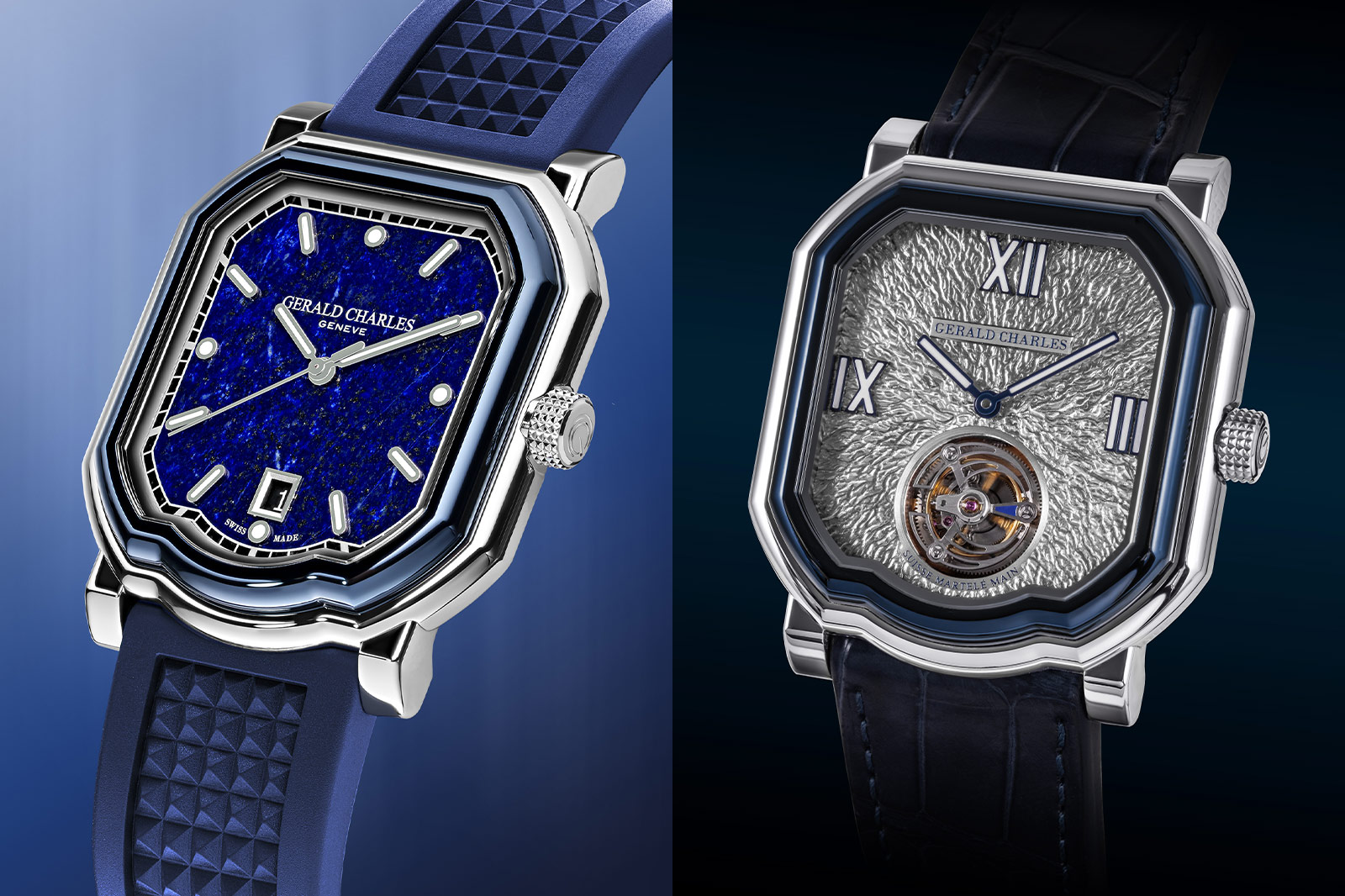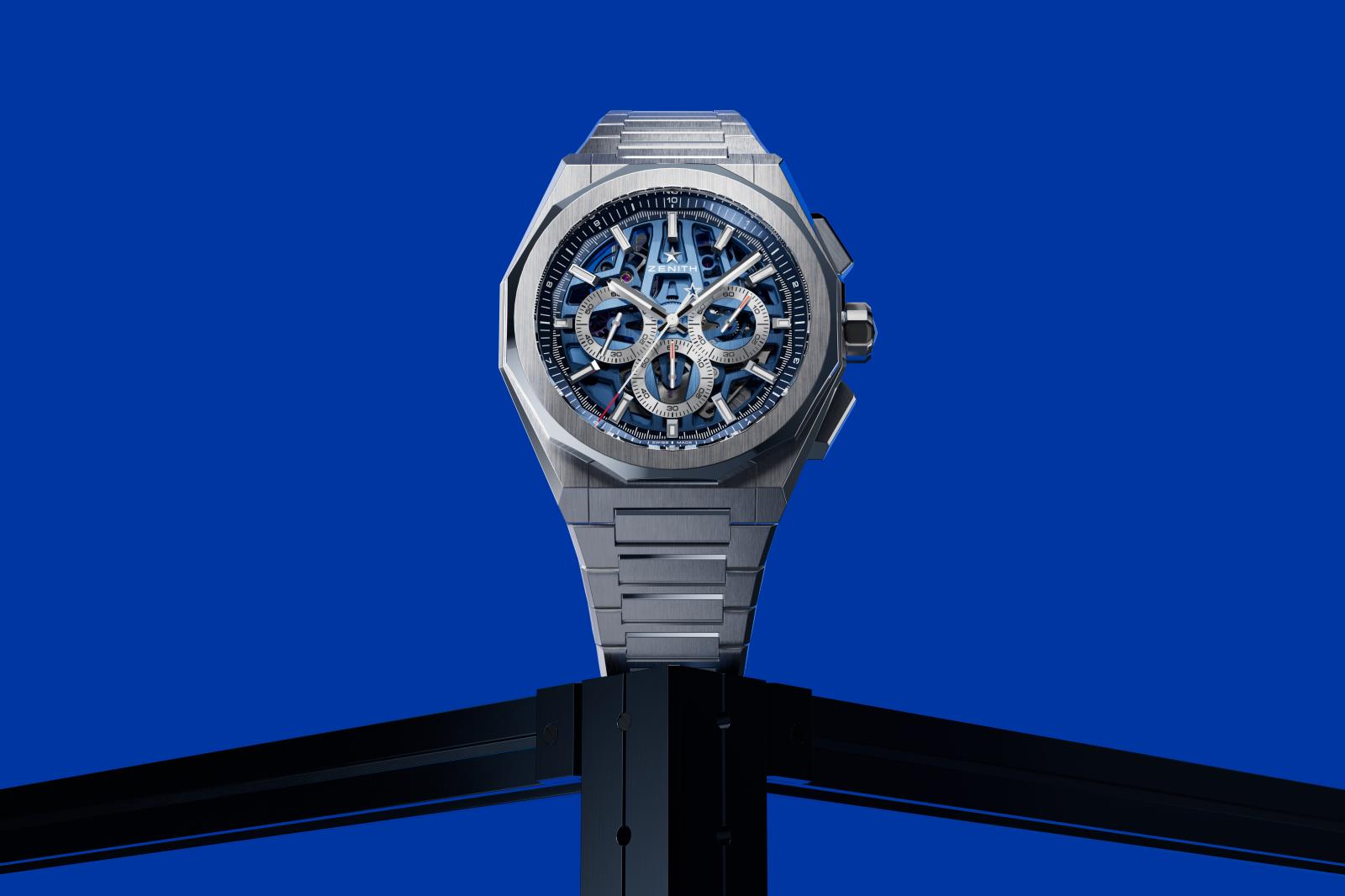


In recent years Zenith have been the masters of the skeletonised dial. Many of the Defy models, including the Defy 21 and Defy Zero G, have received the skeleton treatment. In time for LVMH Watch Week Zenith are adding to their integrated sports watch line up by combining skeletonisation and a chronograph movement in the new Defy Skyline Chronograph Skeleton.
Starting with the basics, the new chronograph is available in two colours, black and blue. This very much mirrors the core of the current Defy Skyline Chronograph line up. Occasionally, Zenith have expanded the colour palette, for example with the slate grey boutique only edition from last year, but black and blue have always been the strong foundations of the collection.

Across the case, the Zenith Defy Skyline Chronograph Skeleton remains true to the existing line up. You have the same octagonal case silhouette and 12 facet bezel. All made from stainless steel with the case measuring 42mm in diameter. Where Zenith really excel with their integrated sports watches is with the alternating brushed and polished finishing which is applied to each case angle. In a watch peppered with geometric shapes the alternating finishing accentuates the angular lines of both the case and the bracelet.
The bracelet of the new chronograph adopts Zenith’s interchangeable strap system and as standard comes with a second star patterned rubber strap to match the dial colour. This strap system isn’t new. It can be found on many of the current Zenith sports models where the single push button release makes changing the aesthetic of the watch a breeze. It’s something we’d all love to see brands do more often. Kudos to Zenith for leading the way here.


Also carried over from the Defy Skyline Chrono is the 5Hz El Primero 3600. The movement was first introduced in 2019 and its party trick is its ability to display 1/10th second. Instead of the central chronograph hand completing a full rotation in 60 seconds, the El Primero 3600 does it in 10 seconds. Allowing you to impress friends and colleagues with precision timing.
The Defy Skyline Chronograph Skeleton has a couple of big changes from the existing collection. The first, obviously, is the skeletonisation. As Zenith describes it, “the art of skeletonisation consists of hollowing out the plate, bridges and other components”. In opening up the dial Zenith have finished the main plate and bridges in either or black and blue and each watch has a complimenting star shaped oscillating weight visible through the caseback. The only change from the primary colour is the grey subdials, which have also been skeletonised at the centre.

The other change from the existing Defy Skyline Chronograph is the absence of the date window. Usually shoehorned in at the 4:30 mark this skeleton version has thrown away the date and for good reason. Skeleton dials look busier anyway, add in chronograph subdials and you’ve already got plenty to capture your attention. I doubt the date window will be missed.
Priced at £13,900 the Chronograph Skeleton is one of the more expensive in the Defy Skyline range, tourbillons excluded. However, you’re packing in a lot of cool and a lot of conversation starter from your money. In the integrated sports watch category the Defy Skyline skeleton watches are the only ones that can hold a candle to Audemars Piguet’s Royal Oak Openwork models. Plus you’re taking several rungs up the pricing ladder for one of those. And the AP isn’t exactly accessible to begin with. For a skeletonised integrated sports watch chronograph you’ll struggle to find better than the Defy Skyline at this price point.
Price and Specs:
Model:
Zenith
Defy Skyline Chronograph Skeleton
Ref:
03.9500.3600/78.I001
(black), 03.9500.3600/79.I001 (blue)
Case:
42mm
diameter, stainless steel
Dial:
Open-worked
with black or blue coloured mainplate and bridges
Water resistance:
100m
(10 bar)
Frequency:
36,000
vph (5 Hz)
Power reserve:
60h
Functions:
Hours,
minutes, seconds, 1/10th second chronograph
Strap:
Stainless
steel bracelet with additional rubber strap included
Price:
£13,900
More details at Zenith
Oracle Time










